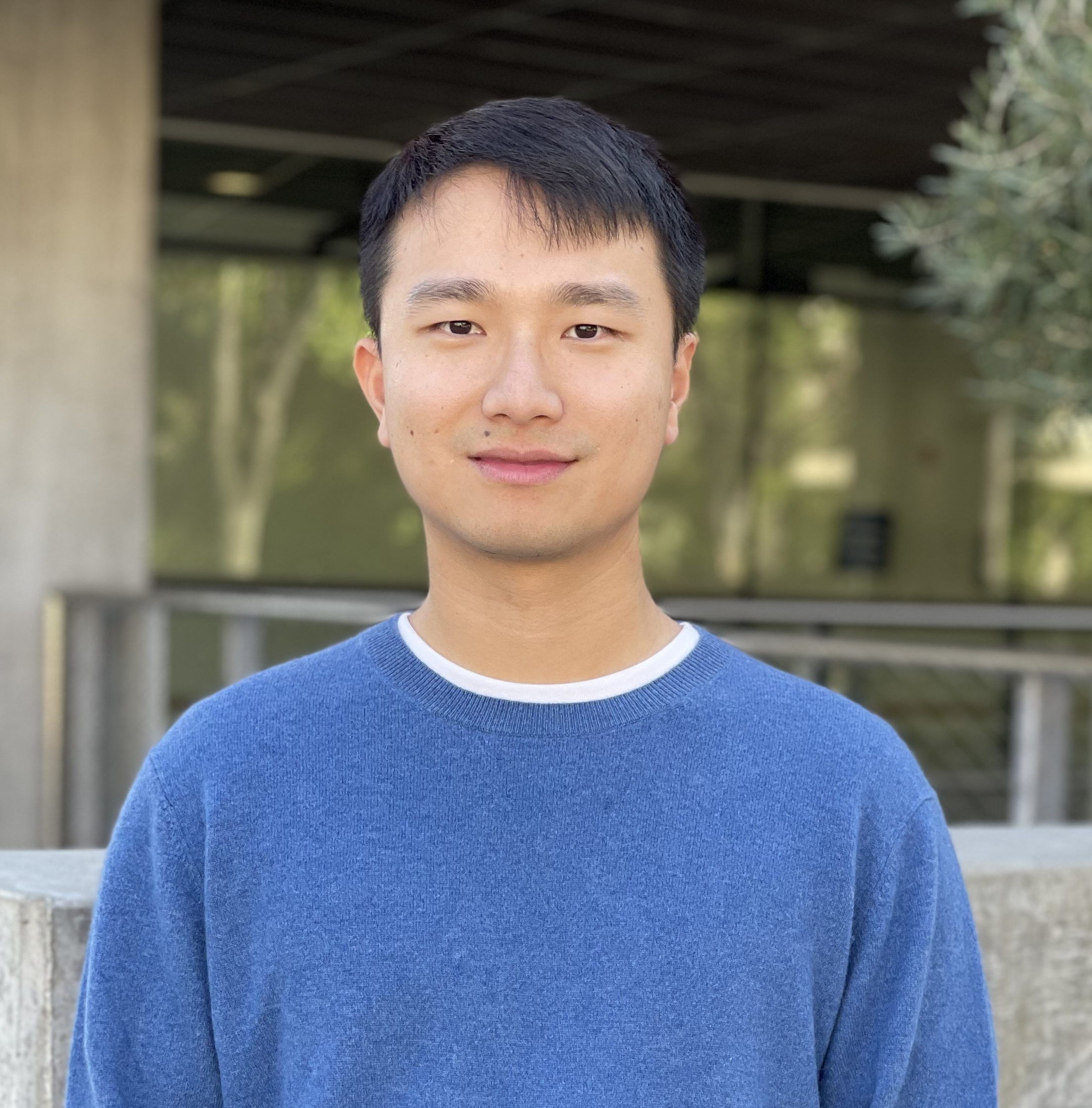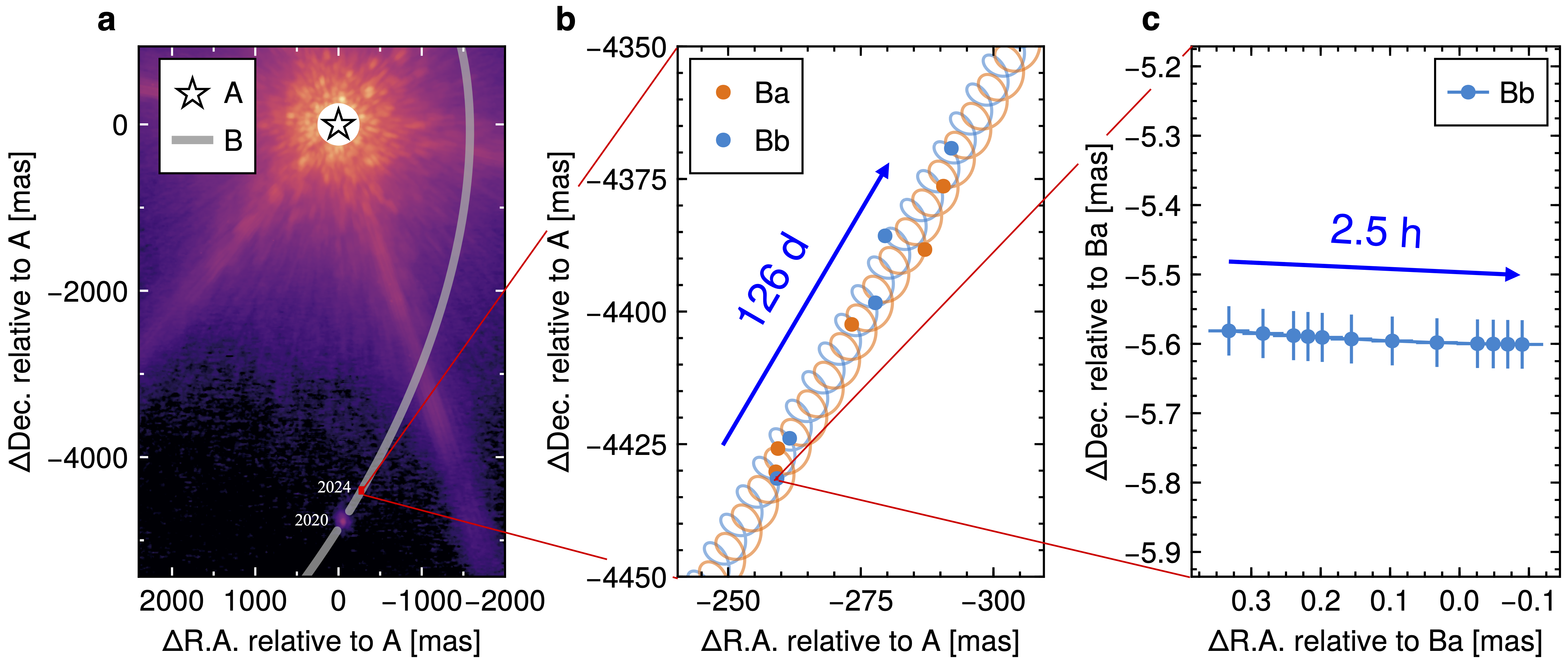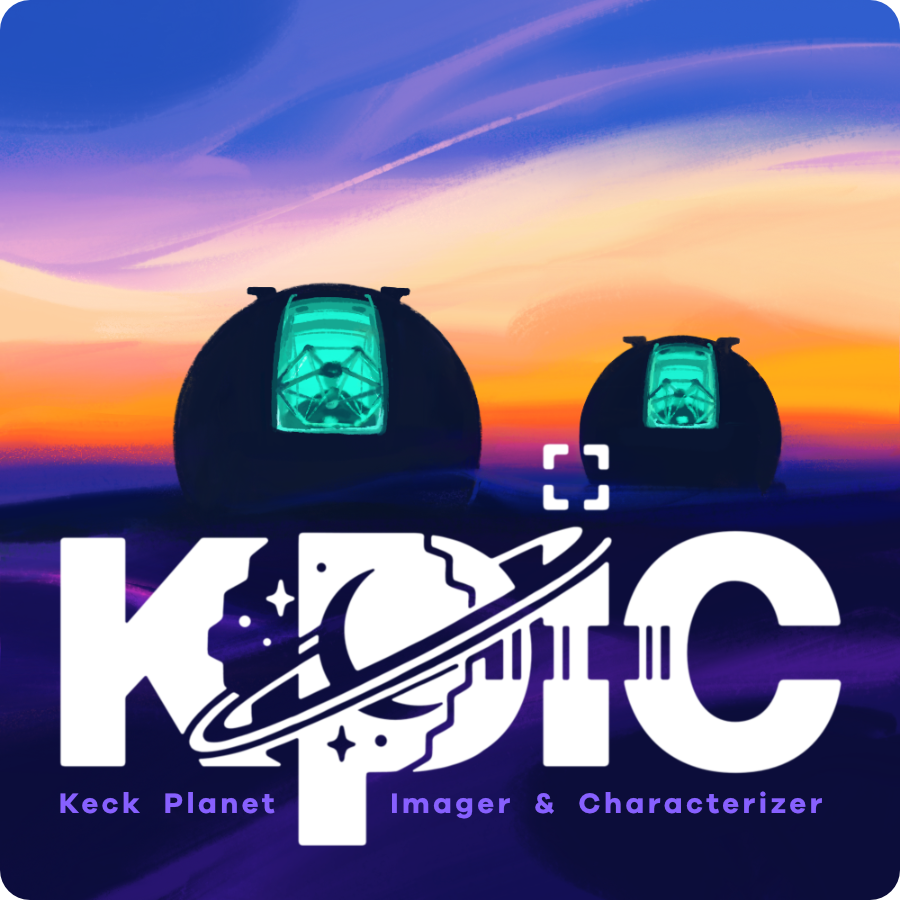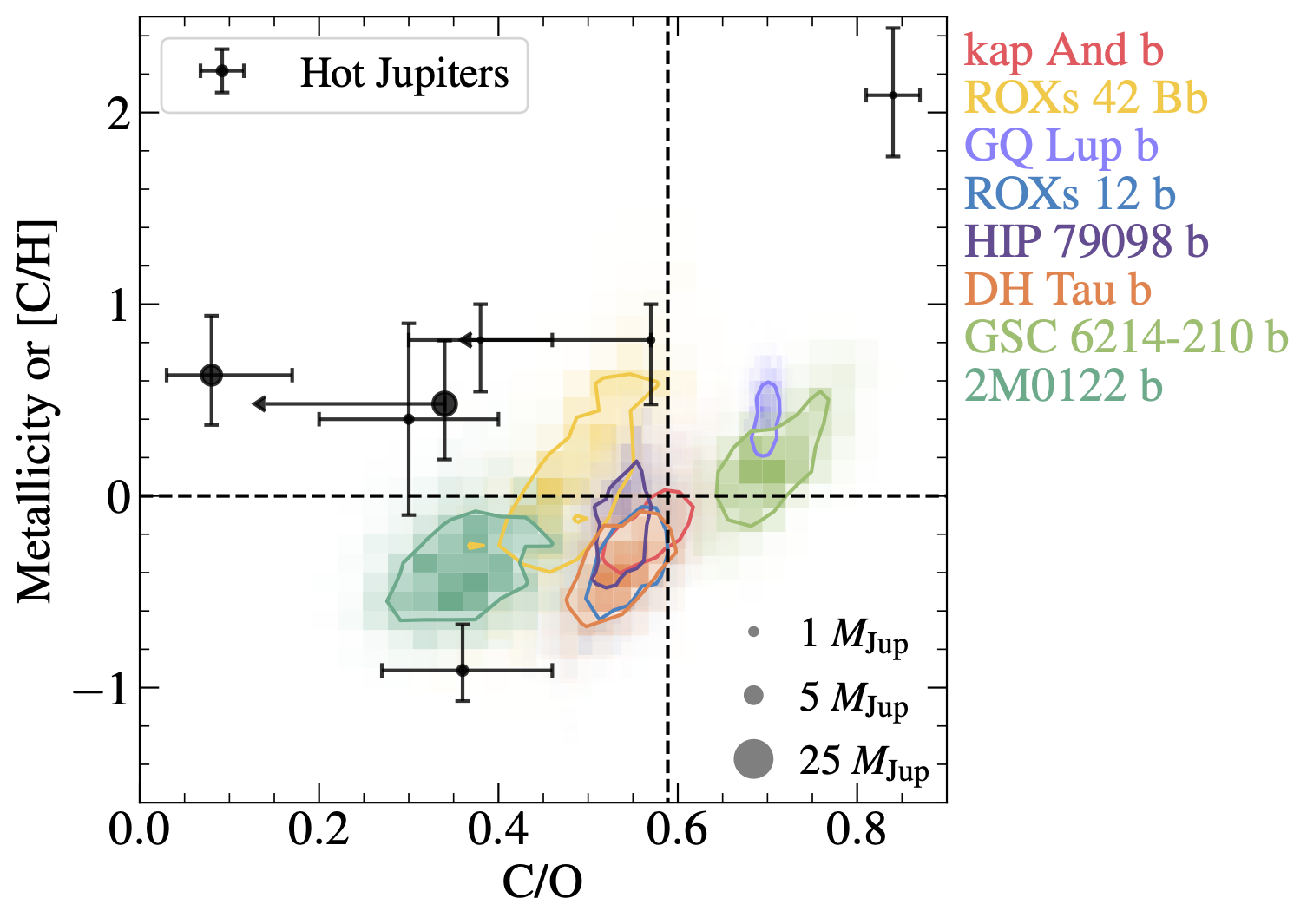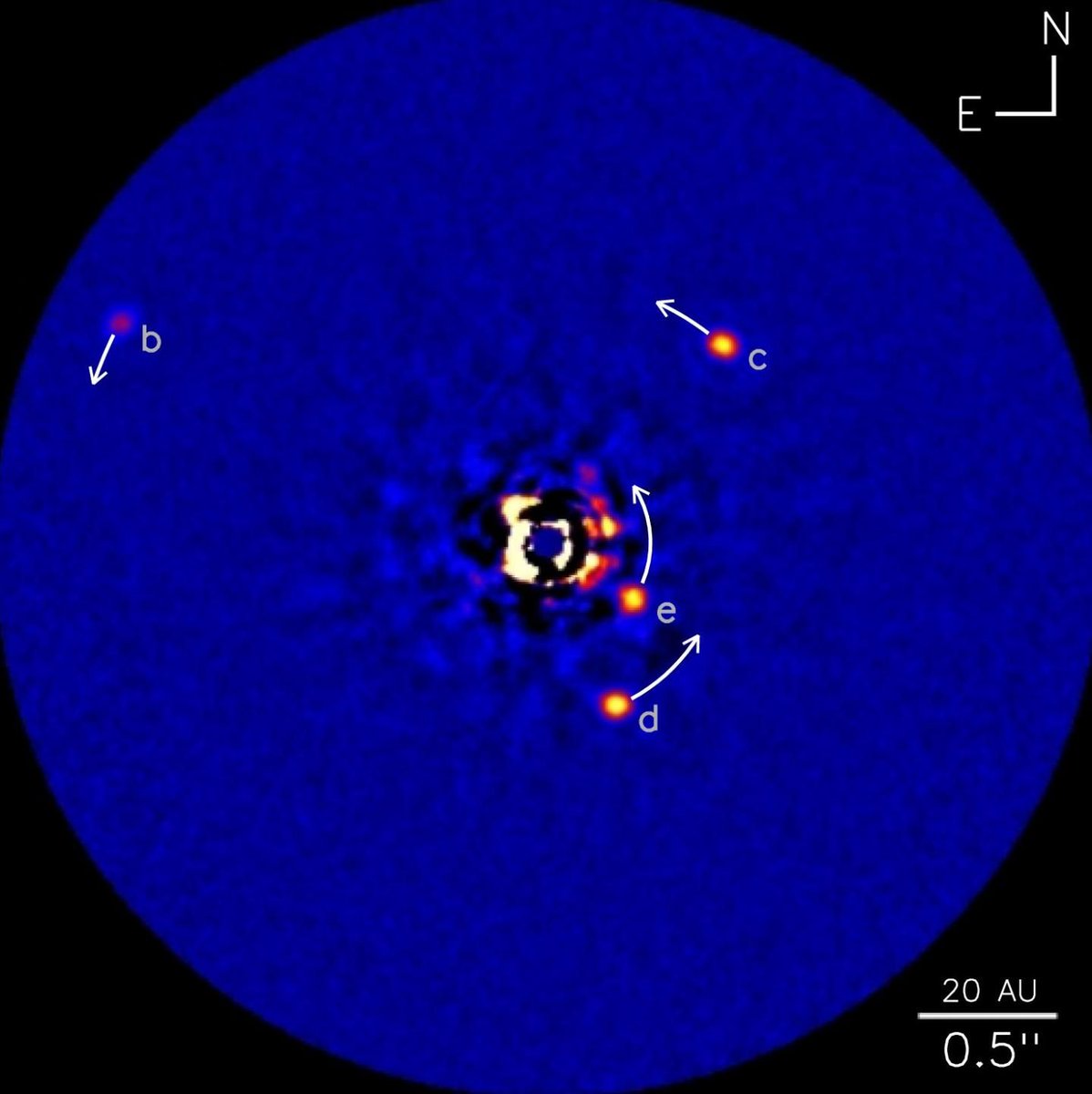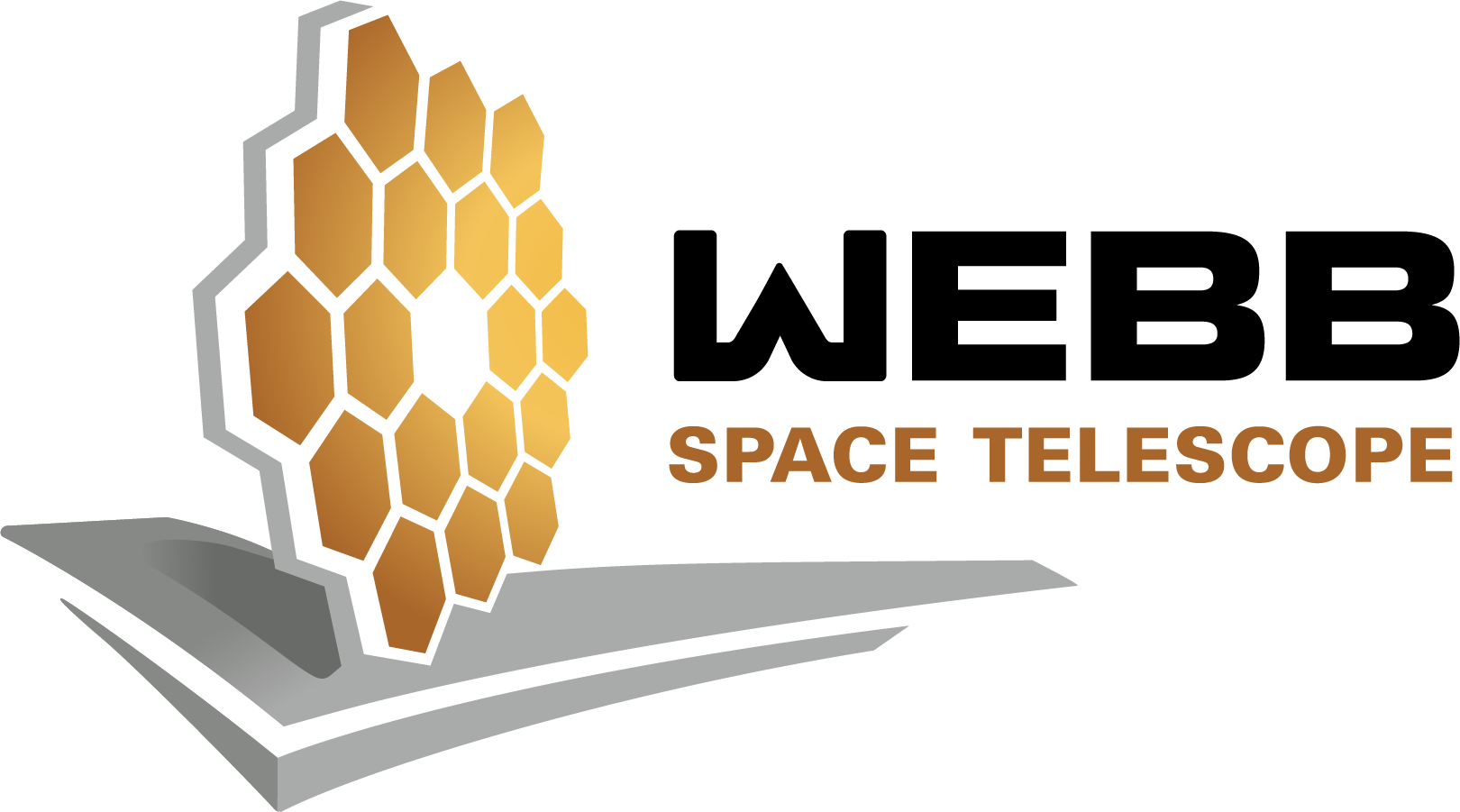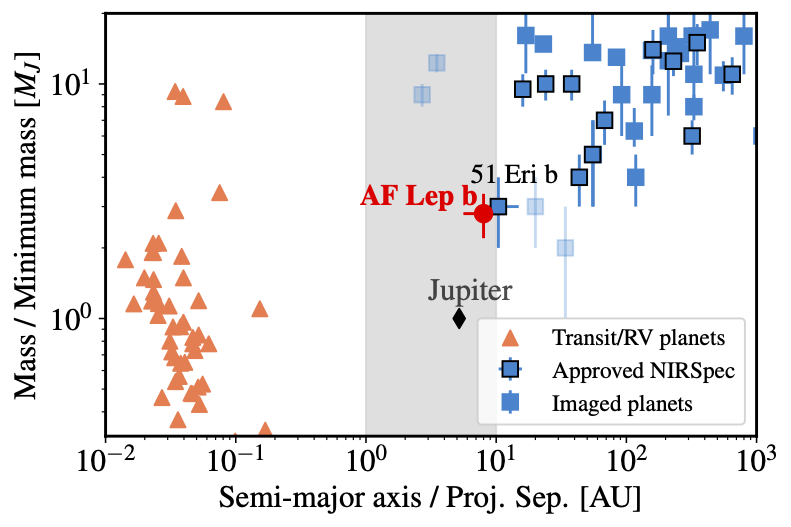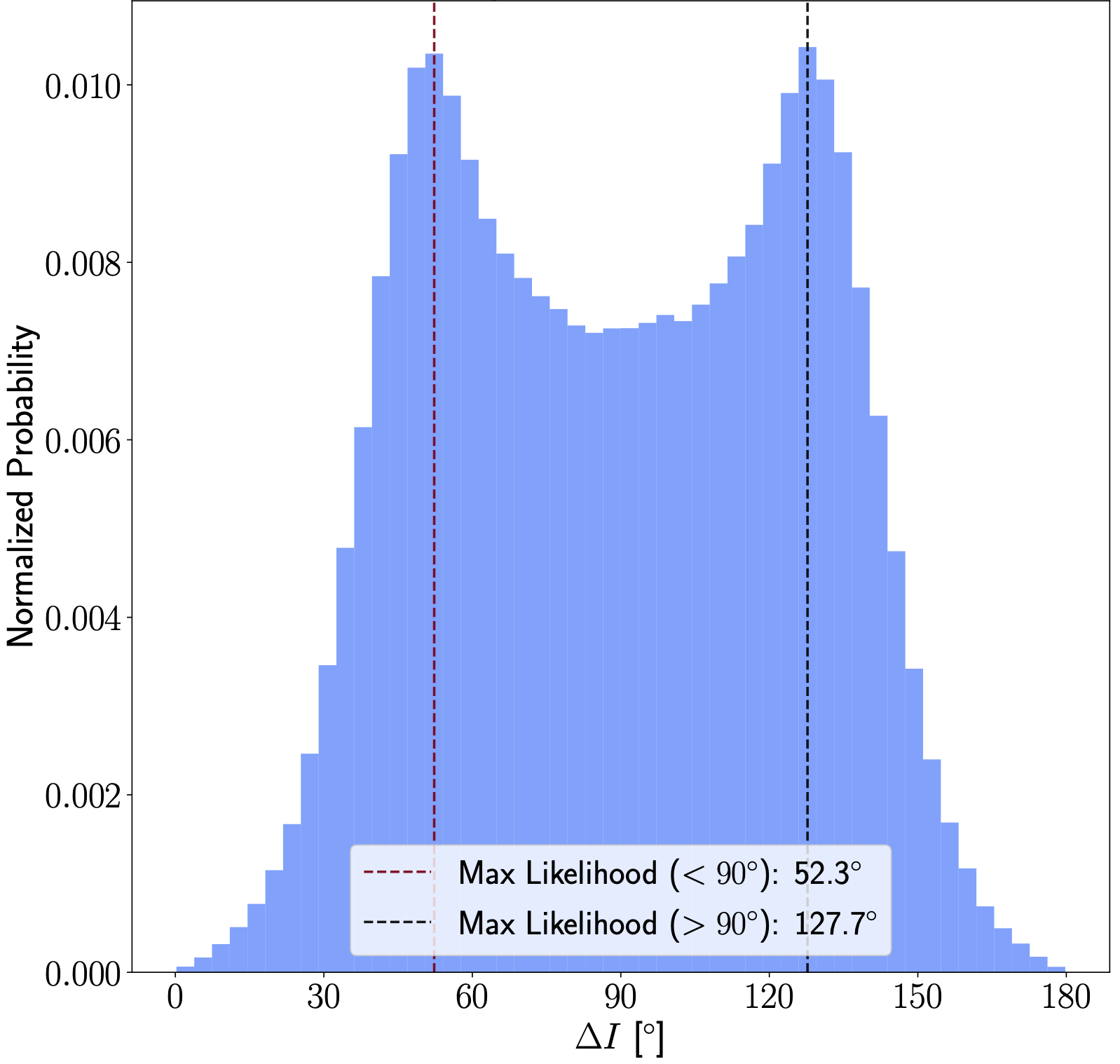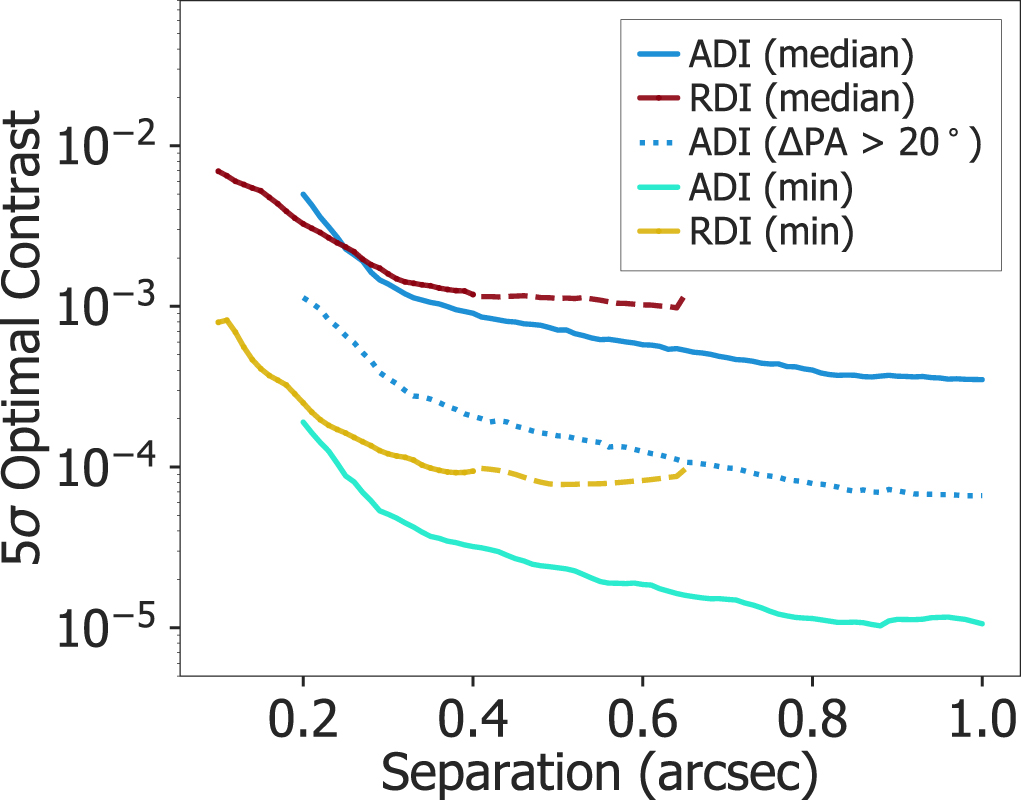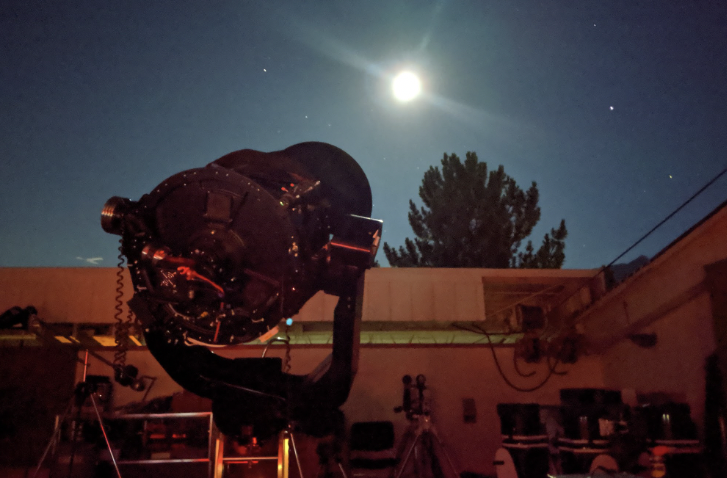High-resolution spectroscopy with KPIC
Advised by Dimitri Mawet, Heather Knutson, Jason Wang, and Jean-Baptiste Ruffio
I analyze KPIC high-resolution spectra (R~35,000) of directly imaged giant planets and brown dwarfs companions to measure their atmospheric compositions, rotation rates, and radial velocities. I use atmospheric retrievals for this work, specifically with the radiative transfer code petitRADTRANS (Mollière+2019).
In Paper I, I studied the benchmark brown dwarf companion HD 4747 B anddemonstrated that high-resolution spectra yielded consistent results independent of assumptions on clouds, while low-resolution data fail to robustly constrain the brown dwarf's abundances.
In Paper II on late-M dwarf companion HIP 55507 B, I detect 13CO and H218O isotopologues and validated the companion's 12C/13C and 16O/18O ratios are consistent with those of its K6 primary star, which I also measure using KPIC data.
Paper III: I uniformly measured the C and O abundances, spins, and RVs for eight young, planetary-mass companions (~10-30 MJup, ~50-360 AU). I find that these companions have compositions consistent with solar and their host star compositions, which implies that they most likely form via gravitational instabiliy.
In addition to the science, I am also heavily involved in the instrument commissioning and data pipeline for KPIC. In fact, my first ever research project (as a first year undergrad) was to build a prototype of the fiber injection system for KPIC (Mawet, Ruane, Xuan et al. 2017). The success of this work laid the foundation for KPIC.
After starting my PhD, I worked with Yinzi Xin on demonstrating speckle nulling through single-mode fibers in KPIC. I'm also involved in the science planning and data analysis for the VFN mode on KPIC, led by Dan Echeverri. VFN is targeting young planets and brown dwarfs orbiting between 1-10 AU (~1 λ/D) from their host stars. Papers on these topics have been published in JATIS. In addition, I worked on streamlining the daytime calibration procedure for KPIC and various other engineering tasks as a Keck Visiting Scholar in 2022.
